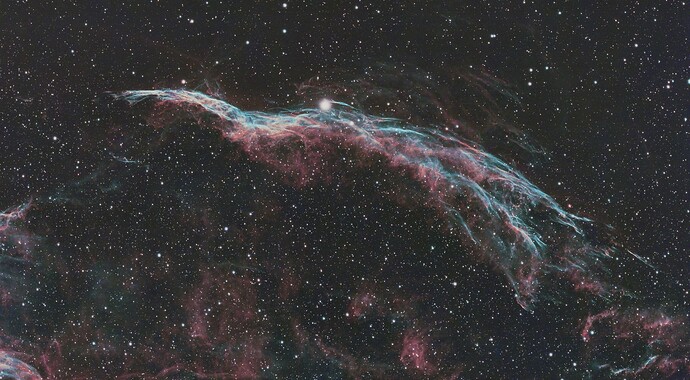are you going to try to get any shots of the planetary alighment that is happening in febuary
The alignment will span a good section of the night sky, and so my equipment really isn’t going to work for that. I’m thinking a wide angle lens with a DSLR would be a good option, or even a decent phone camera.
In that one image I’m guessing that we are looking at trillions of stars?
Makes me realise how truly insignificant we really are in the greater scheme of things.
Yep.
For comparison:
Our own galaxy has around 250 billion stars, and Andromeda alone has a trillion.
I just did a thing…again.
Meade Telescopes have unfortunately gone out of business and a company called High Point Scientific purchased all the remaining inventory. They are selling this off at a good discount.
I have been wanting an 8 inch SCT to do some longer focal length imaging (planets, the moon, and smaller targets like distant galaxies). So, I just pulled the trigger on a 8 inch ‘Advanced Coma Free’ SCT for about $600 off the sticker price. I shouldn’t have done it, but I’m just weak I guess.
I guess this was a good deal as they have sold out already.
Well, you are the bad Influencer ![]()
I’m badly influencing myself it seems. ![]()
Vera C. Rubin Observatory
Some stunning first images.
Rather than start a new thread, thought I would post this here.
By some strange coincidence of fate, it was clear last night, there was no Moon and I was at home…… so it was time to break out the scopes!
This one is the Western Veil Nebula in Cygnus, captured with the little SeeStar smart telescope. Since my last SeeStar images that I posted here, they have added a couple of very nice features. The first is that there is now an Equatorial mode, which pretty much eliminates field rotation on the image. Effectively, that makes the useful area of the sensor considerably larger.
For comparison, here is my earlier image of the Western Veil taken with my main imaging rig…
It’s impressive what one “little” tool can do but the detail in the second image is still much better. Irrelevant when you just want to look at it on a phone but not when you want to do a large print or look at it on a large screen.
I like like the color and framing of the top shot. The bottom is clearer. Either would have Carl Sagan in tears.
I think Carl Sagan would have been both amazed by what we can do from our back yards these days with a small telescope, and dismayed at the shift away from science and critical thinking we are seeing in the general populace (here in the US at least).
Otherwordly…! Well, of course it is. ![]()
I don’t need another expensive hobby!
I don’t need another expensive hobby!
I don’t need another expensive hobby!
I don’t need another expensive hobby!
I don’t need another expensive hobby!
I don’t need another…
Well, a SeeStar S50 is about $550 USD while the smaller SeeStar S30 is $400 USD. That gives you pretty much all you need…… to get started anyway. ![]()
Almost zero risk that I will fall down the rabbit hole, right…?
Stay away from me, Bad Influencer!
Almost zero…. Almost. ![]()
During a discussion today at work, space and astronomy came up which started us looking at nebula… and then different ones …all the usual ones, crab, horsehead but then we found the tarantula nebula … I had never heard of that one
It’s crazy isn’t it… At the same time that it has never been so accessible, (comparatively) cheap and easy most people world rather use their ‘smartphones’ looking at funny cat memes and following ‘influencers’ on Tik Tok.
The only reason I haven’t just hit the ‘buy now’ tab on a SeeStar S50 is that they are still asking nearly a Grand for them here ![]()
It was clear again last night and so I shot the Iris Nebula (NGC7023) in the constellation Cepheus. It is approximately 1300 light away and 3 light years across. The image is a stack of 193 x 3 minute exposures giving a total of 9.6 hours, which was taken over two nights (3.5 hours last week, and a little over 6 hours last night).



